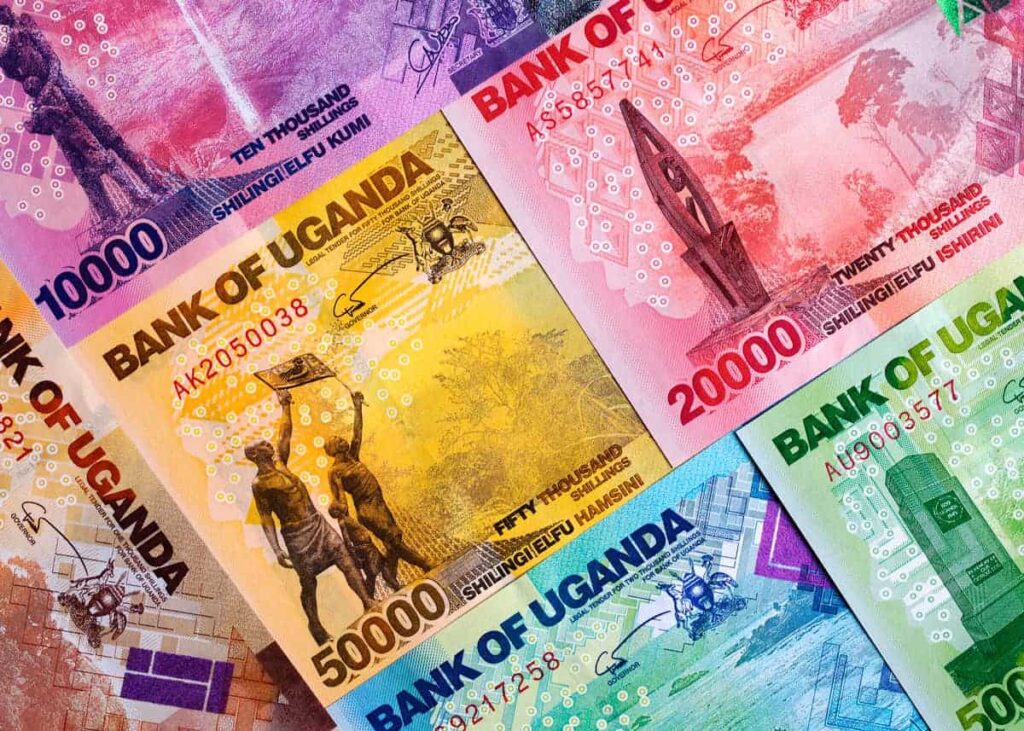According to the ministry of finance, the amount of undisbursed debt in Uganda’s second quarter of the Financial Year (FY) 2022/23 decreased slightly from $3.85 billion in September 2022 to $3.83 billion (about Shs14 trillion) in December 2022.
“In addition, there was an increase in disbursement from $0.12 billion as at the end of September 2022 to $0.16 billion during the quarter under review,” the ministry of finance said.
In addition, the government reports that information from the ministry’s most recent quarterly debt statistical bulletin and public debt portfolio analysis shows that the amount of bilateral creditors’ undisbursed debt decreased from $0.97 billion in September 2022 to $0.94 billion in December 2022.
However, within the same time frame, undisbursed debt held by multilateral creditors and commercial banks increased by $0.01 billion from $2.86 billion reported in September 2022.
Concessional debt now makes up the majority of Uganda’s external debt stock, which rose from 56.25 percent in September 2022 to 56.43 percent in December 2022. According to official data, the semi-concessional debt portion decreased from 18.62 percent to 18.55 percent for the same time frame.
Furthermore, in the second quarter, commercial debt decreased from 20.94% to 19.11% while non-concessional debt climbed dramatically from 4.19% to 5.91%.
“The share of the non-concessional debt is on account of the nature of variable rate loans that were previously semi concessional but have been affected by the increased market rates of EURIBO and LIBOR hence reclassification as non-concessional,” Finance eloborated.
“Notably, the LIBOR rate at the end of September 2022 was 4.23 per cent and increased to 5.14 per cent by the end of December 2022.”
A similar increase was seen in EURIBOR, which increased from 1.81 percent at the end of September 2022 to 2.70 percent at the end of December.
The government claims that the substantial decrease in the share of commercial debt was caused by payments made to Standard Bank and Standard Chartered Bank in principle totaling $43.07 million throughout the assessment period.
The government’s foreign stock is dominated by four currencies, namely the US dollar, EUR, JPY, and CNY, according to a comparison of the composition of the external debt by concessionality between the end of September 2022 and December 2022.
According to the April 20 bulletin, the percentage of the external debt stock that was denominated in US dollars fell from 52.6% ($6.41 billion) in September 2022 to 51.25 percent ($6.59 billion) in December 2022, a decrease of 0.81 percentage points.
The proportion of external debt dominated by Euros, on the other hand, climbed from 28.48 percent (3.51 billion) to 29.2 percent, or $3.73 billion, during the same time period.
